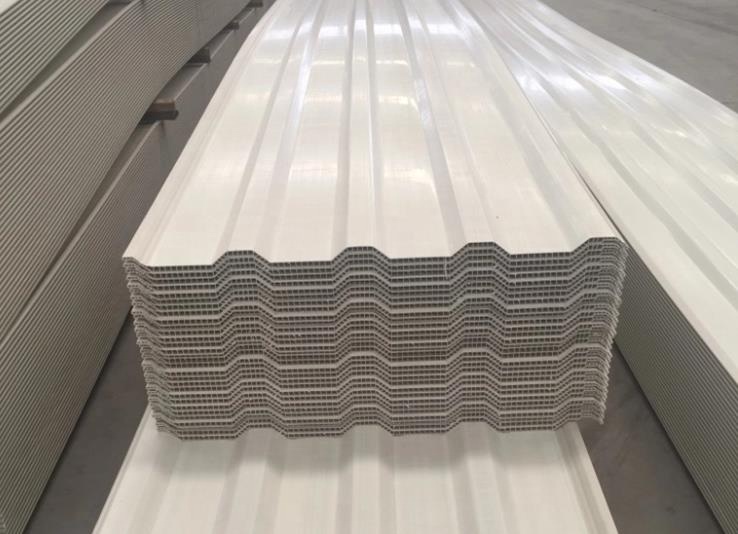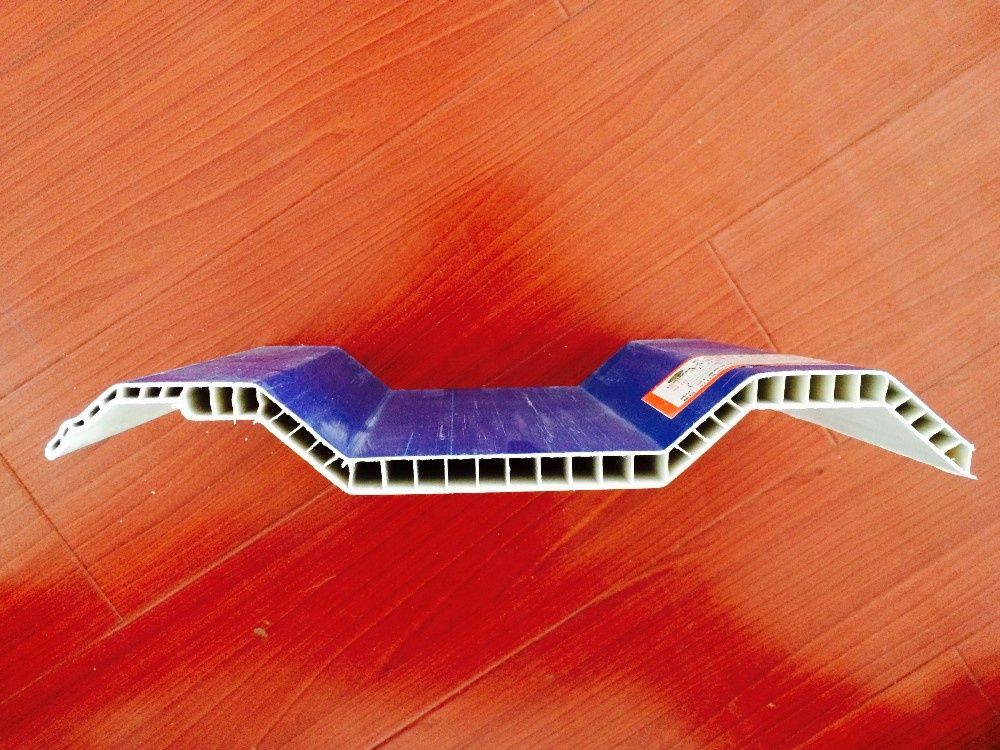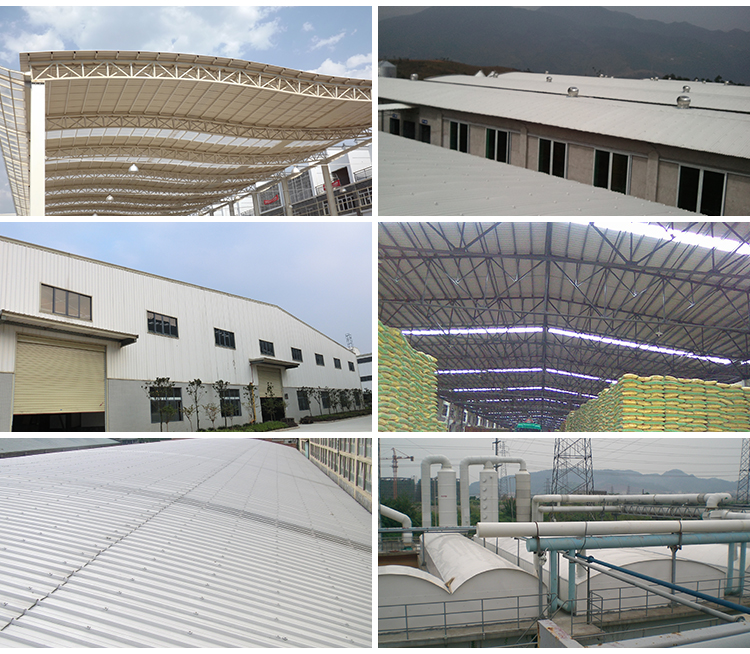| Warranty: | |
|---|---|
| Advantage: | |
| Surface: | |
| Application: | |
| Availability: | |
| Quantity: | |
H885
ThermoRoof


Green-Certified Clear Hollow PVC Panel Eco-Conscious Clear Twinwall Hollow PVC Roof Sheet
Product name | PVC hollow thermo roof tile |
Raw materials | PVC, UPVC |
Surface materials | ASA |
Type | T860 |
Total Width | 860mm |
Length | Max length in 40ft container 11.8m Max length in 20ft container 5.8m |
Thickness | 10mm |
Quantity | 4900sqm / 40HQ |
Purlin distance | Max 1.2m |
Shape | trapezoidal wave |
Color | white, blue, green, gray,brick red, yellow, etc. |
Color lasting | 30 years with ASA |
| Warrant period | 10 years |
| Product life | About 20 years, even more longer without man-made distruction. |
Layers | 3-4 layers |
Features | 1.Excellent heat resistant and Anti-corrosive 2. The variety of colors and patterns |
Application | Farm house, warehouse, chemical factory, wall cladding, and some other projects, etc. |
PVC hollow thermoroof tile have so many excellent features !
Hollow Twinwall Structure for Enhanced Performance
The innovative twinwall hollow design reduces material usage by up to 50% compared to solid PVC sheets, significantly lowering carbon footprint without compromising strength.
The hollow channels improve thermal insulation by up to 30%, reducing energy consumption for heating or cooling buildings.
UV & Weather Resistance
Formulated with anti-UV agents, the sheets retain color stability for over 30 years, even in harsh sunlight.
Resistant to temperature extremes, corrosion, and chemical degradation, making them ideal for coastal, industrial, or agricultural applications.
Transparency & Light Optimization
The clear variant allows 85–90% light transmission, creating bright, naturally lit interiors that reduce reliance on artificial lighting.
Available in tinted options (blue, green, grey) to control glare and heat gain, enhancing occupant comfort.
PVC hollow thermo roof tile can be used for warehouse, chemical factory, farm house, wall cladding, and some other commercial usages.
Residential Buildings: Skylights, canopies, and flat-to-slope roof conversions.
Industrial Facilities: Warehouses, factories, and chemical plants (resistant to acids and chlorine).
Agricultural Structures: Greenhouses, livestock shelters, and storage sheds.
Public Infrastructure: Bus stops, car parks, and sports facilities.

